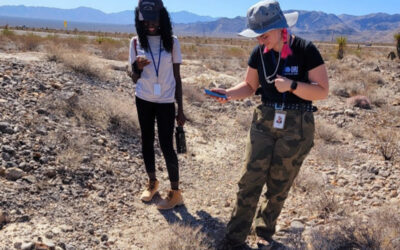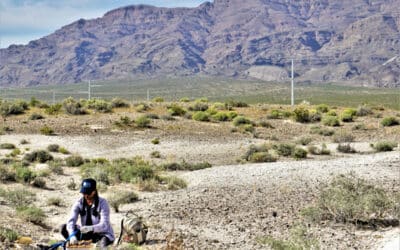Join us for an inspiring journey through the Women in Science Speaker Series, a collaborative initiative between the Bureau of Land Management and Southern Nevada Conservancy, held at the picturesque Red Rock Canyon Amphitheater the first Friday of the month. Delve...
DRI interns join the search for elusive desert tortoises in Tule Springs Fossil Beds National Monument
Tiffany Pereira’s student interns tracked elusive and threatened desert tortoises in the desert near Las Vegas, Nevada.
Meet Tiffany Pereira, M.S.
Tiffany Pereira, M.S., has been a member of the DRI community since July of 2019, and specializes in biology and scientific illustration.


